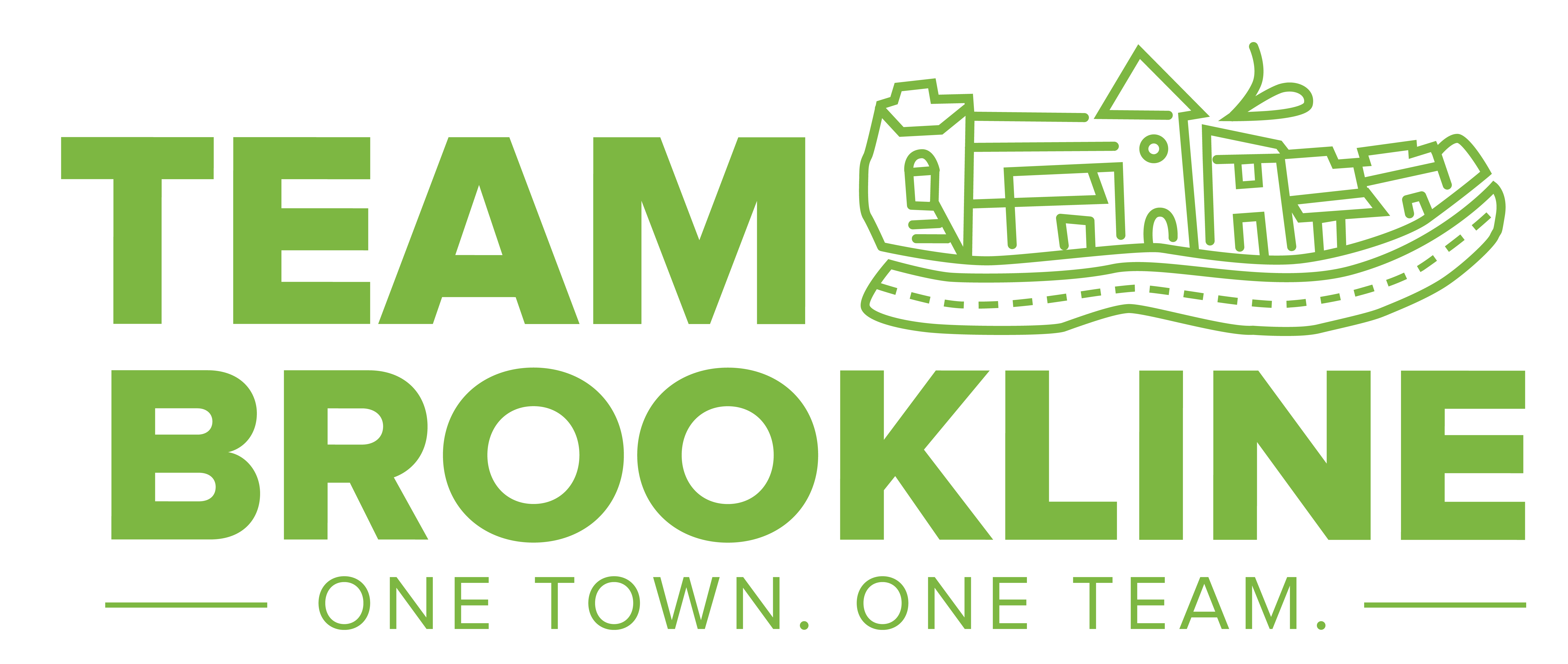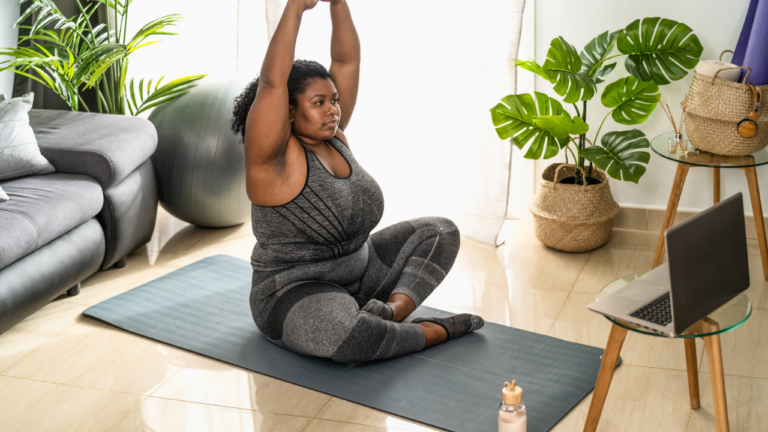Cross-Training for Stronger, Healthier Runners
Running builds endurance, strength, and resilience—but even the most committed runners benefit from stepping off the pavement now and then. Cross-training, or incorporating other forms of exercise into your routine, helps prevent injury, improve overall fitness, and support long-term performance.
If you’re training for a race or just trying to stay active and consistent, here’s why cross-training matters and how to include it in your weekly routine.
Why Cross-Training Works
When you run, you’re using the same muscles in the same way, over and over. That’s great for efficiency, but over time, it can lead to overuse injuries or plateaus in performance. Cross-training introduces different movement patterns, builds strength in neglected areas, and gives your joints a break from repetitive impact.
Other benefits include:
-
Improved muscle balance and joint stability
-
Increased cardiovascular fitness without extra running mileage
-
Mental variety and reduced training burnout
-
Faster recovery from intense running days
Even just one or two cross-training sessions a week can make a difference.
Effective Cross-Training Options for Runners
You don’t need a fancy gym membership or hours of extra time. The best cross-training exercises are those you enjoy and can consistently fit into your schedule. Here are a few great options:
1. Cycling
Low-impact and cardio-friendly, cycling strengthens the quads and glutes—two muscle groups that support strong, efficient running. Try a 30–45 minute ride on an easy run day or as active recovery.
2. Swimming
Swimming builds cardiovascular fitness while giving your joints complete relief from impact. It also strengthens the upper body and core, which helps with running posture and endurance.
3. Strength Training
Focus on bodyweight or light resistance exercises that target the core, hips, glutes, and hamstrings. Movements like squats, lunges, deadlifts, and planks help correct muscle imbalances and reduce injury risk.
4. Yoga or Mobility Work
Flexibility and mobility matter more than most runners think. A short yoga session or mobility circuit can help improve range of motion, reduce stiffness, and support recovery.
5. Hiking or Walking
If you’re feeling low on energy but want to stay active, a walk or easy hike still builds endurance, strengthens stabilizer muscles, and clears your head without taxing your body too much.
How to Fit Cross-Training into Your Week
Think of cross-training as a complement to your running—not a replacement. Start by adding one day a week and build from there depending on your goals and schedule. For example:
-
Monday: Rest or yoga
-
Tuesday: Run
-
Wednesday: Strength training
-
Thursday: Run
-
Friday: Cross-training (bike, swim, or walk)
-
Saturday: Long run
-
Sunday: Active recovery or mobility work
Mix and match based on your needs—there’s no one-size-fits-all schedule.
Final Thoughts
Running is a big part of the picture—but it’s not the whole picture. Building strength, stability, and mobility through cross-training can help you run farther, faster, and with fewer setbacks. Even a small commitment to mixing things up can lead to better performance and a more enjoyable training journey.
Stay tuned for specific strength routines, mobility tips, and low-impact cardio workouts right here on the Team Brookline blog.






